Omnichannel Sales Engagement Solution and Platform for Total Revenue Team Collaboration
Redesigning the Pitcher Sales EnABLEMENT Platform
Project Overview
Pitcher AG
Role: Product Designer UX/UI
Objective: Redesign the Pitcher Sales Enablement Platform to create a more intuitive, consistent, and customizable experience for users across industries.
Role: Product Designer UX/UI
Objective: Redesign the Pitcher Sales Enablement Platform to create a more intuitive, consistent, and customizable experience for users across industries.
Introduction
Pitcher is a sales enablement platform designed to unify, simplify, and amplify seller performance across the entire customer interaction process. Launched in 2011, Pitcher has become a vital tool for sales, marketing, and field service teams in over 140 countries, serving Fortune 500 companies across various industries, including life sciences, consumer products, manufacturing, and financial services.
With a feature-rich application that supports activities such as route planning, task management, client presentations, order capture, and key account management, Pitcher has established itself as a leader in the sales enablement space. However, as the platform grew in complexity and customization, significant challenges arose, necessitating a complete redesign.
Leader in Customer Engagement Platforms
Problem Statement
Over the years, Pitcher’s platform had evolved to include hundreds of different instances, each heavily customized for a diverse range of clients. This resulted in a fragmented user experience with no consistent navigation, look, or feel. The platform was no longer intuitive, with parts of the interface consisting of embedded apps with their own navigation, further confusing users. Maintenance became increasingly difficult, as changes in one instance often impacted others, leading to an unsustainable situation.
It became clear that we need a new platorm that would serve as a flexible template, leveraging the vast knowledge gathered over the years. This new platform would need to be easily customizable in terms of both functionality and appearance, with modular components that could be managed and controlled effectively.
Research & Discovery
User Research: The first phase of the project involved research process that spanned several months. The goal was to fully understand the existing product, its features, and the diverse user flows across different industries. This research was critical to identifying the pain points and needs of various user personas, including field sales representatives, inside sales teams, and marketing professionals.
Stakeholder Interviews: Conducted interviews with internal stakeholders, including sales leaders, product managers, and customer support teams, to gather insights on the most pressing issues and desired outcomes for the redesign.
User Interviews: Engaged with end-users across different industries to understand their daily workflows, challenges, and how they interacted with the Pitcher platform. These interviews highlighted the critical need for a more intuitive and cohesive user experience.
Competitive Analysis: Analyzed competing sales enablement platforms to benchmark features, usability, and customization options. This helped identify areas where Pitcher could differentiate itself and offer superior value.
Key Findings:
Fragmentation: The existing platform’s lack of consistency was a significant pain point. Users struggled with the disparate navigation structures and visual inconsistencies across different screens.
Customization Complexity: While customization was one of Pitcher’s strengths, the extent of customizations led to increased complexity, making the platform difficult to maintain and scale.
User Confusion: The presence of embedded apps with their own navigation confused users, making it challenging to complete tasks efficiently.
Maintenance Challenges: The interdependencies between different instances meant that changes in one could inadvertently affect others, leading to increased maintenance overhead.
Previous Call Planning module
Redesign Strategy
With these insights, we started to design a new platform to address these issues. The main objectives were:
Create a Unified Experience: Develop a consistent navigation structure and visual language that would be applied across all instances of the platform, ensuring a seamless user experience.
Modular Design Approach: Build the platform using modular components that could be easily customized and controlled without impacting other instances. This would allow for flexibility in terms of functionality and appearance while maintaining consistency.
Enhance Usability: Focus on improving the intuitiveness of the platform by simplifying user flows, reducing cognitive load, and ensuring that users could easily find and use the tools they needed.
Scalability and Maintenance: Design the platform in a way that it could be easily maintained and scaled, reducing the complexity of future updates and customizations.
Design & Development Process
1. Information Architecture (IA) Redesign
Unified Navigation: Developed a new IA that centralized navigation, creating a consistent structure across the platform. This included designing a global navigation bar that housed all major features, reducing the need for users to switch between different apps or screens.
Modular Layout: Introduced a modular layout that allowed different components to be easily rearranged or replaced without disrupting the overall structure. This made the platform more adaptable to the specific needs of different clients.
2. Interaction Design
Simplified User Flows: Reimagined the user flows to be more intuitive, reducing the number of steps required to complete key tasks. For example, the process for creating and presenting product catalogs was streamlined to minimize user effort.
Embedded Apps Integration: Worked closely with the development team to integrate embedded apps more seamlessly, ensuring that they adhered to the new navigation structure and visual design guidelines.
3. Visual Design System
Consistent Visual Language: Created a design system with a consistent color palette, typography, and iconography that could be applied across all instances of the platform. This ensured a unified look and feel while allowing for some degree of customization to meet specific branding requirements.
Responsive Design: Ensured that the design was fully responsive, providing an optimal user experience on both desktop and mobile devices. This was crucial given that many users accessed the platform on iPads and other mobile devices.
4. Prototyping & Usability Testing
Interactive Prototypes: Created interactive prototypes that were tested with real users from various industries. This allowed us to gather feedback early and make necessary adjustments before development began.
Iterative Testing: Conducted multiple rounds of usability testing to refine the design, focusing on areas where users experienced confusion or difficulty. This iterative approach ensured that the final product was both user-friendly and effective.
“Sales Enablement 2.0 represents a significant leap forward in how sales teams operate by intelligently consolidating essential data and resources into a single, intuitive platform” said Greg Schottland, CEO of Pitcher Inc.
Outcome
The redesigned Pitcher platform successfully addressed the key challenges identified during the research phase. The new platform offered a unified and consistent user experience, with a modular design that allowed for easy customization without compromising usability or maintenance.
Increased User Satisfaction: Post-launch surveys indicated a significant increase in user satisfaction, with many users appreciating the simplified navigation and more cohesive design.
Improved Efficiency: The streamlined user flows and intuitive interface resulted in faster task completion times, allowing sales and marketing teams to focus more on customer engagement and less on navigating the platform.
Reduced Maintenance Overhead: The modular design approach reduced the complexity of maintaining and updating the platform, allowing the development team to deploy changes more quickly and with fewer issues.
Conclusion
The redesign of the Pitcher Sales Enablement Platform was a complex but highly rewarding project. By focusing on the needs of the users and leveraging years of accumulated knowledge, we were able to create a product that not only met the diverse needs of our clients but also positioned Pitcher as a leader in the sales enablement space. The new platform is more intuitive, customizable, and scalable, ensuring that it can continue to serve the needs of sales and marketing professionals worldwide for years to come.
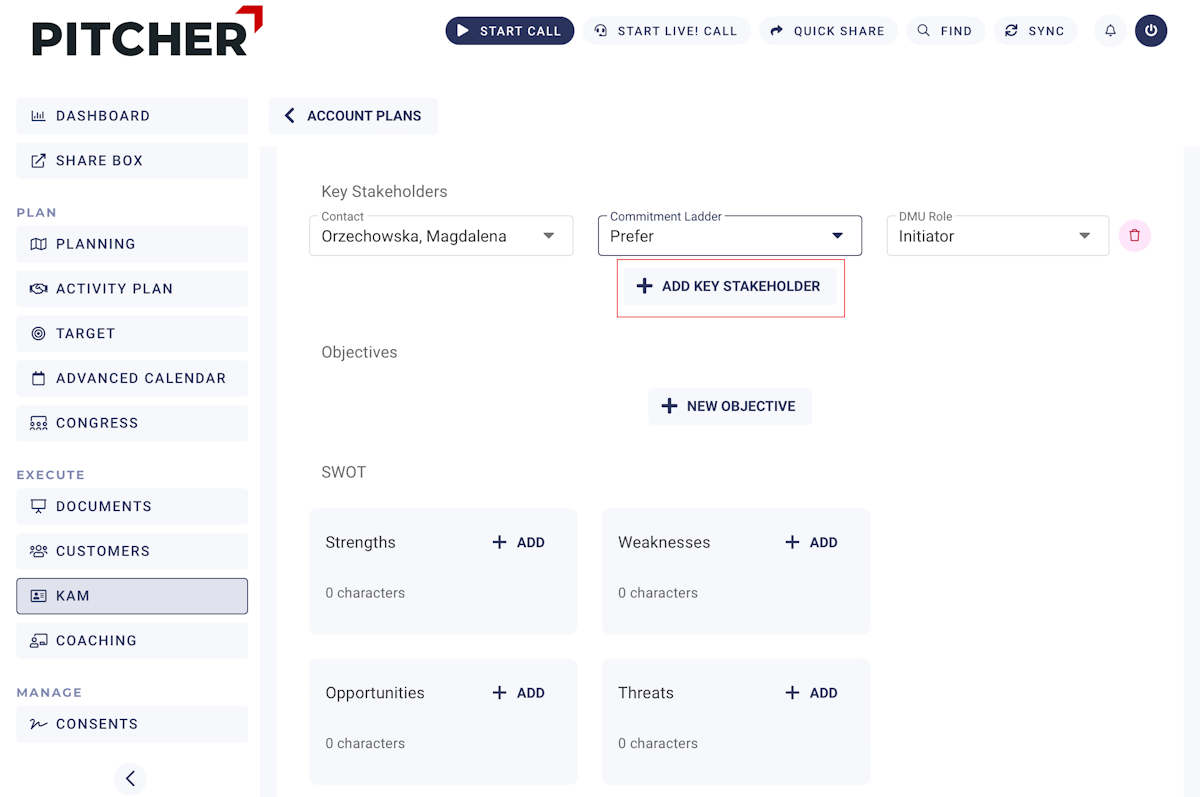
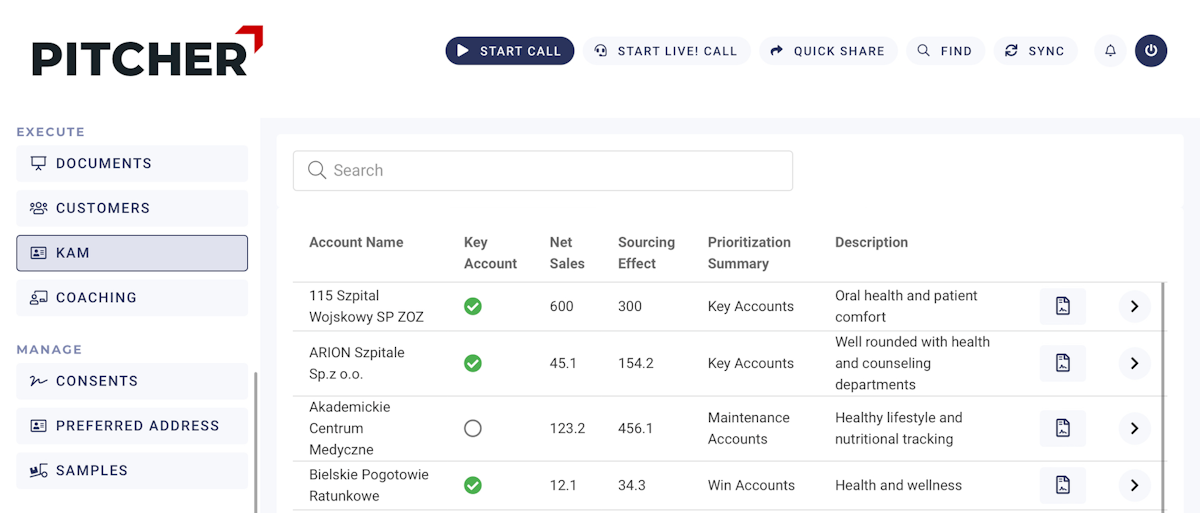

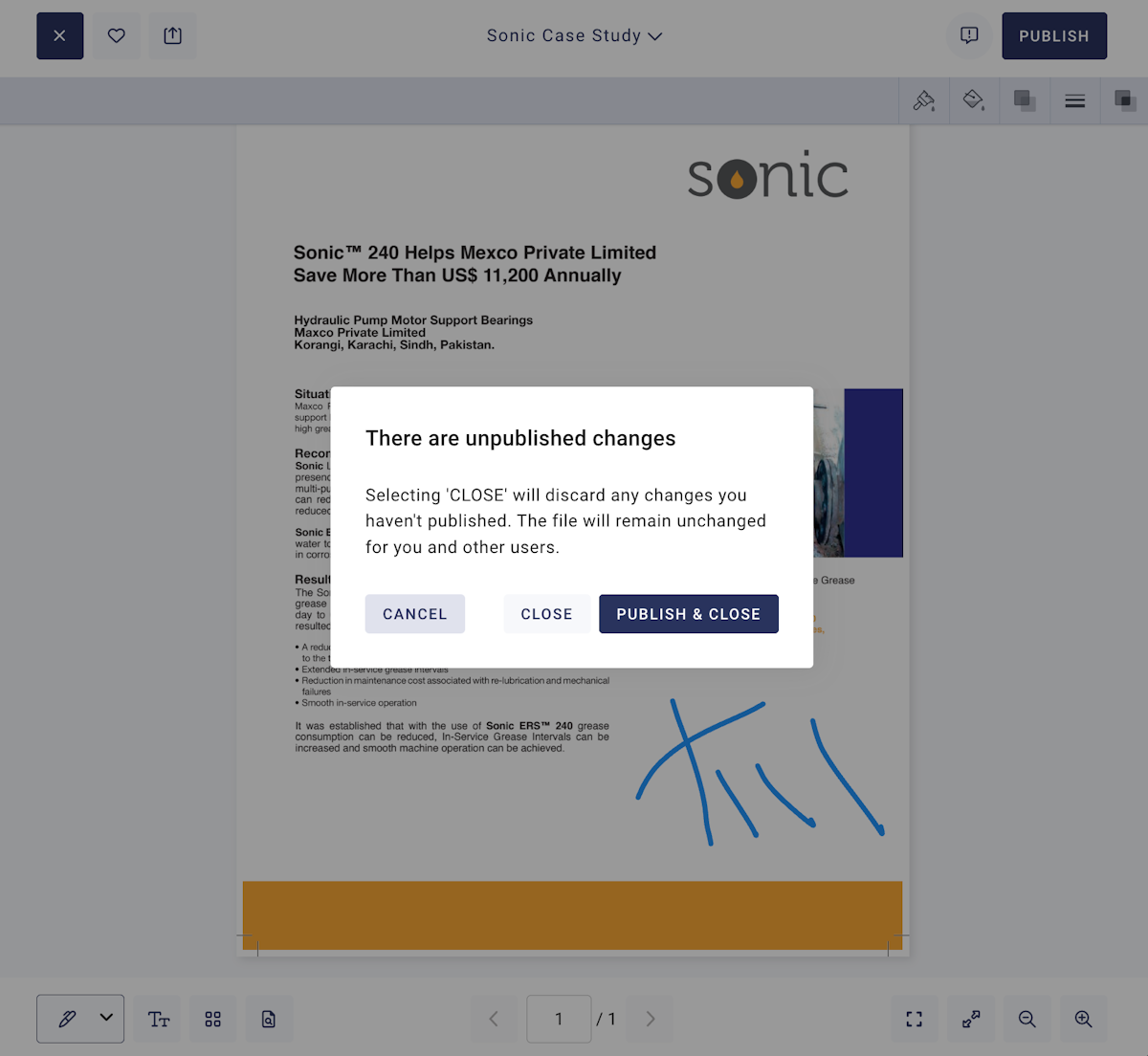
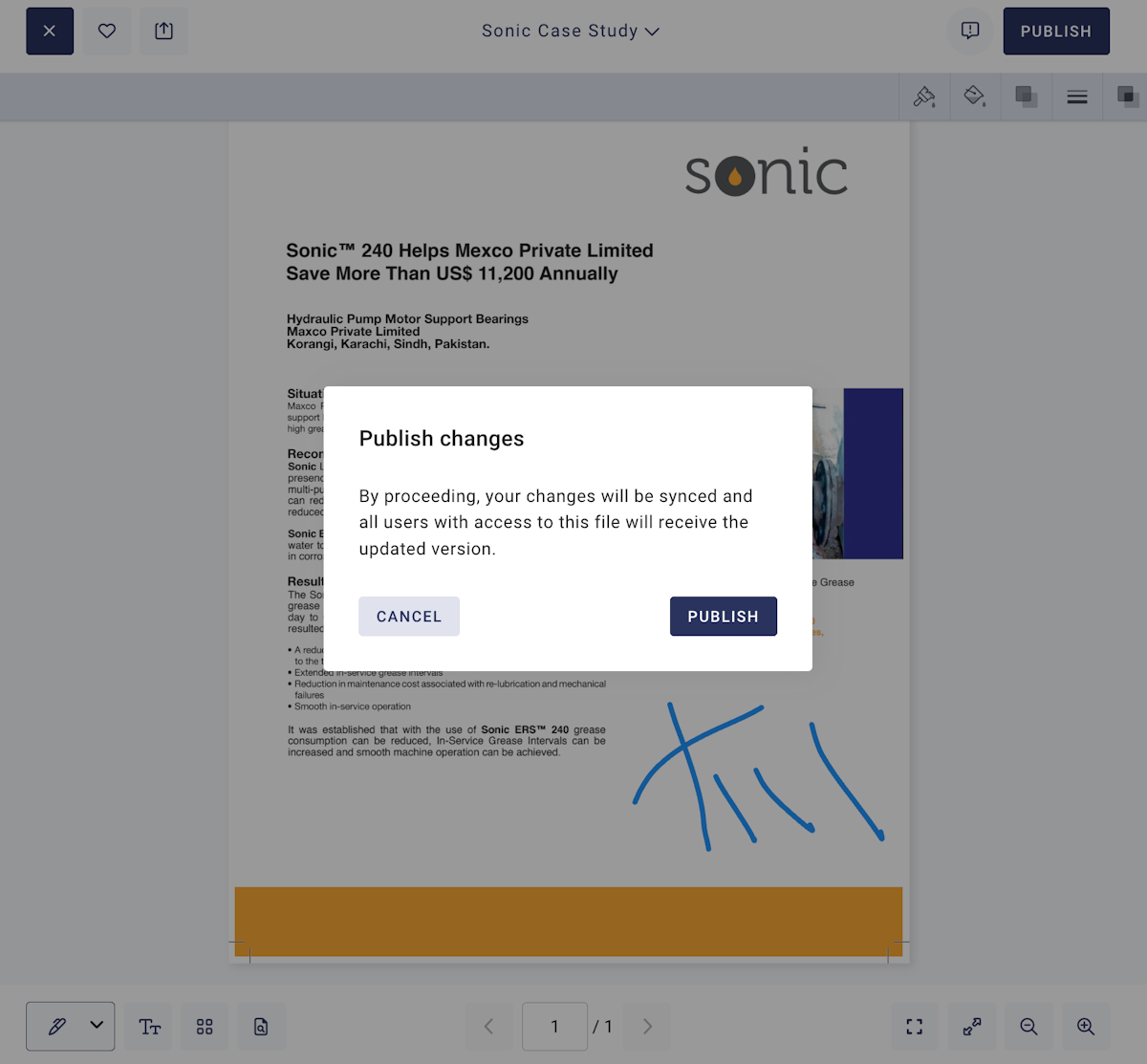

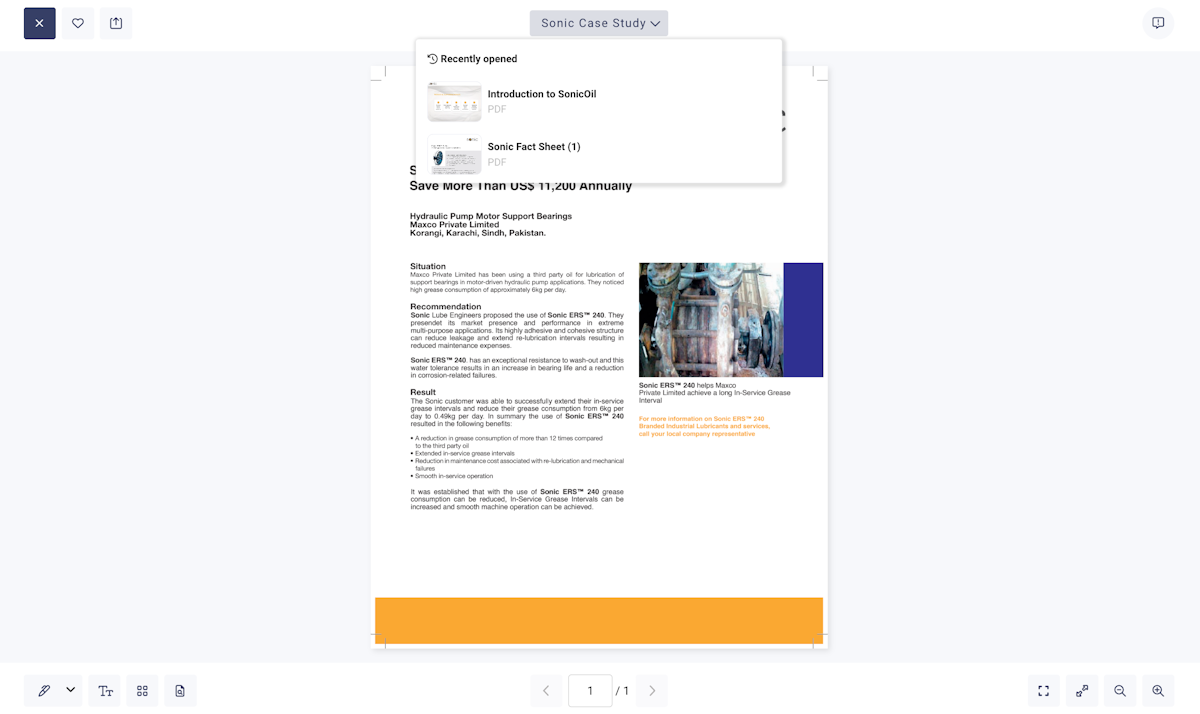
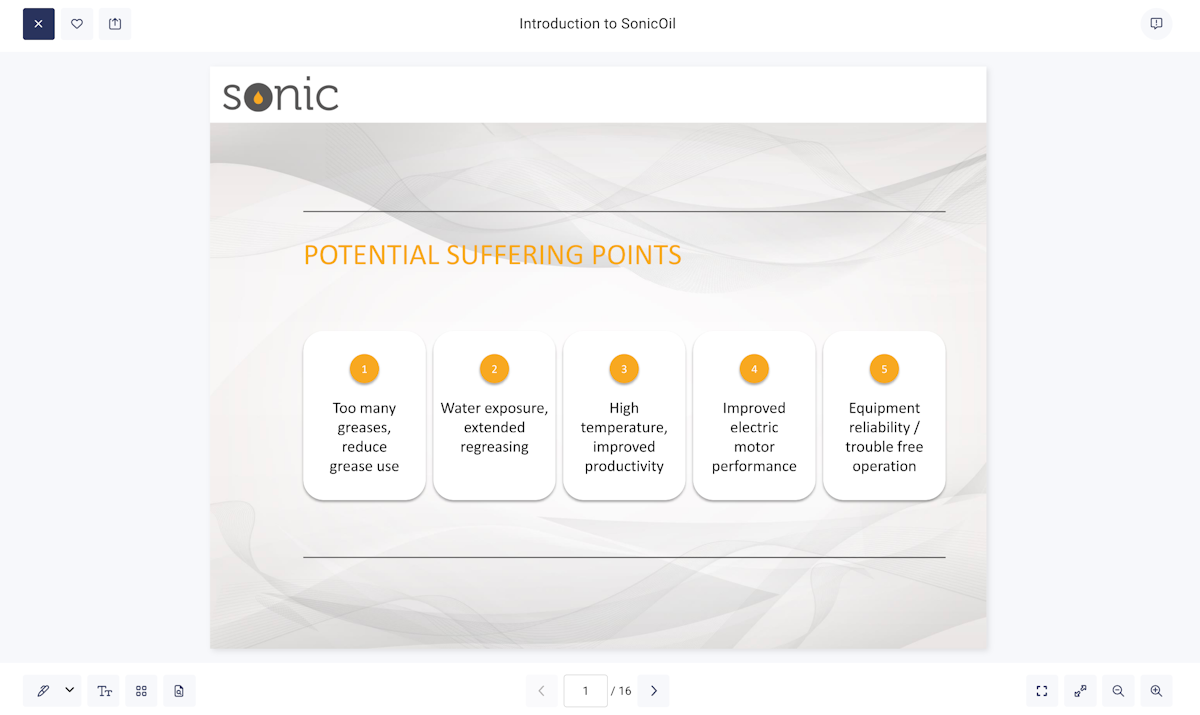







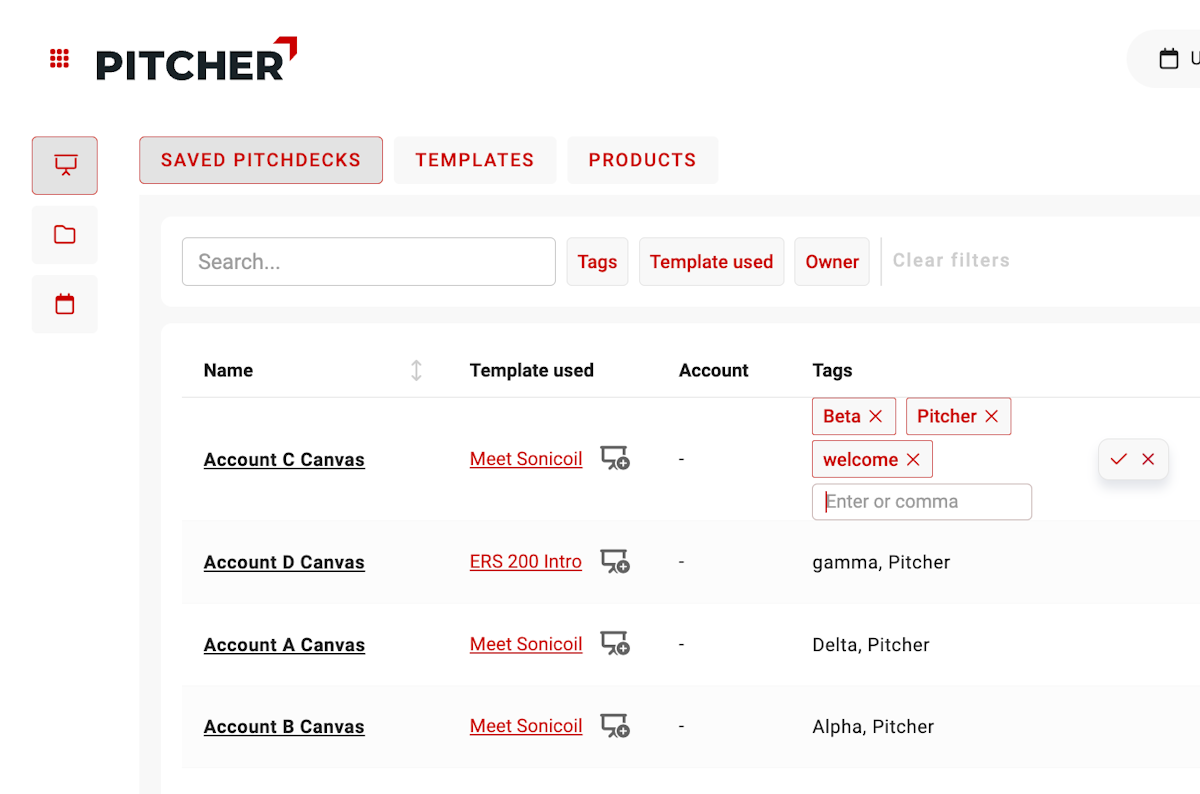

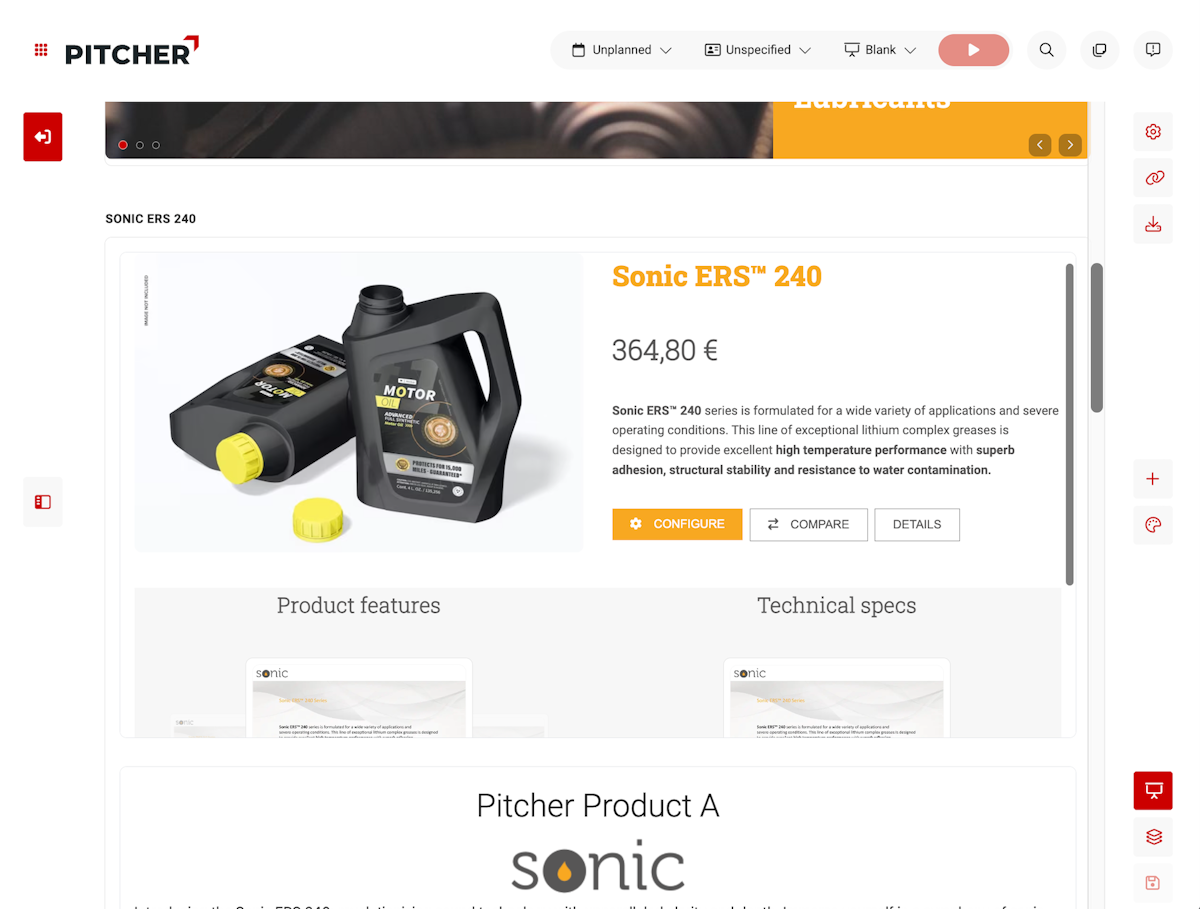

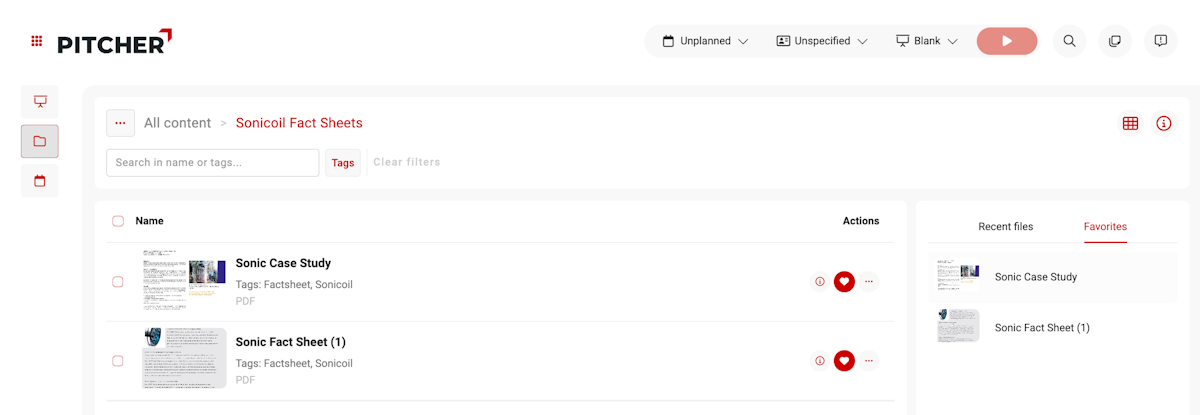


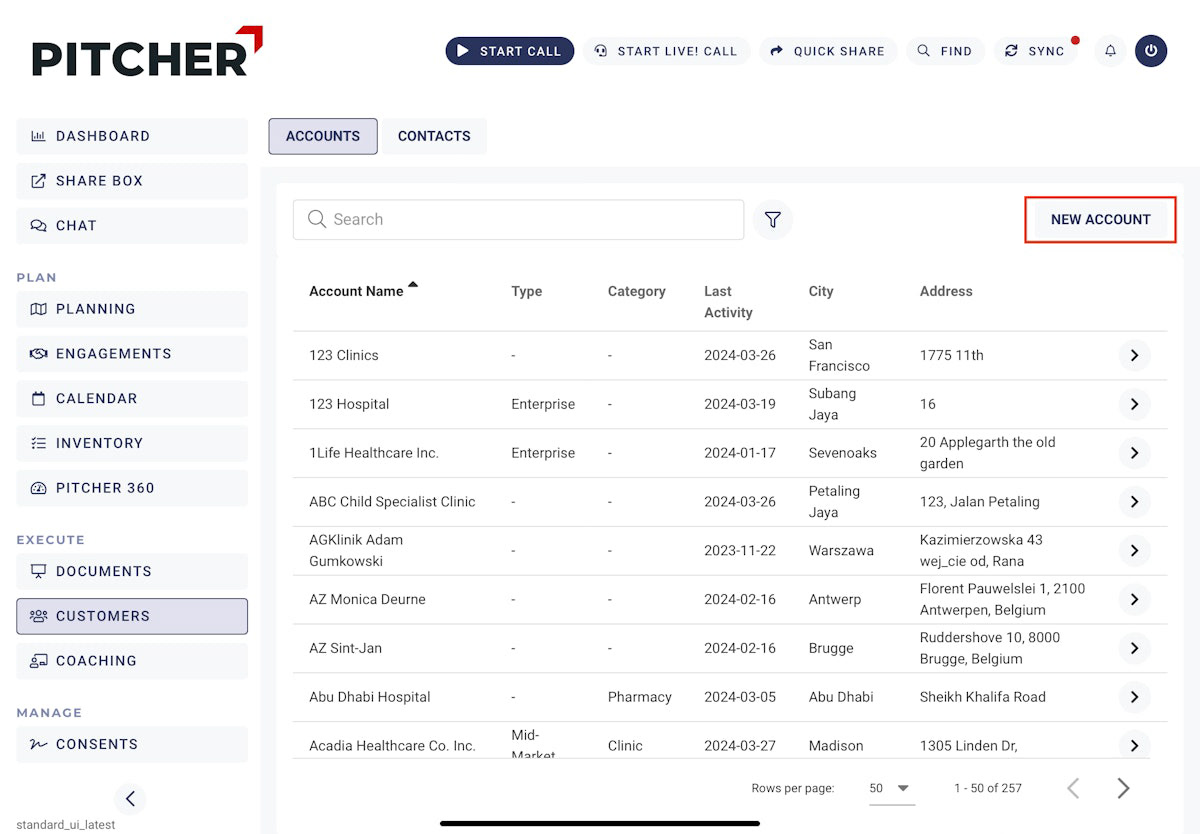

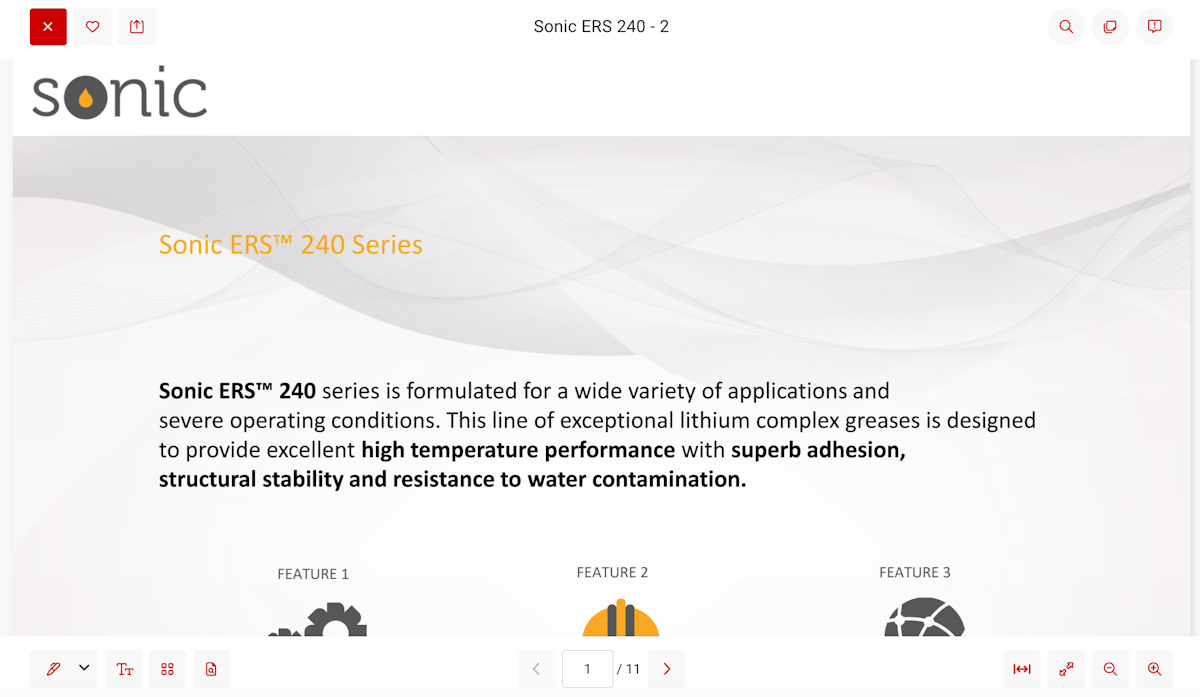
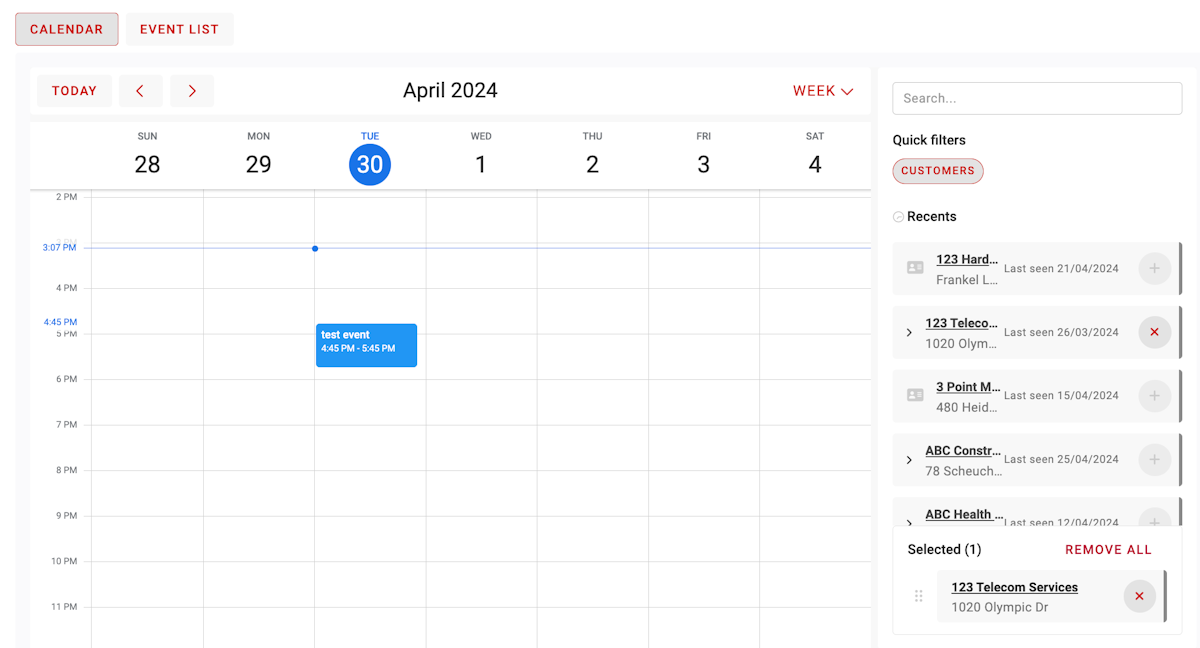


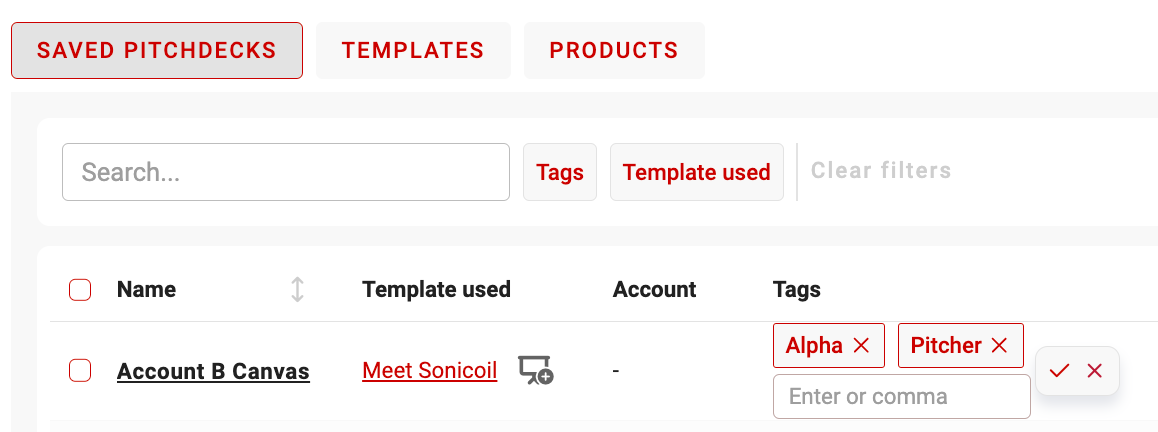
Image source:
Apple App Store
https://changelog.pitcher.com/
